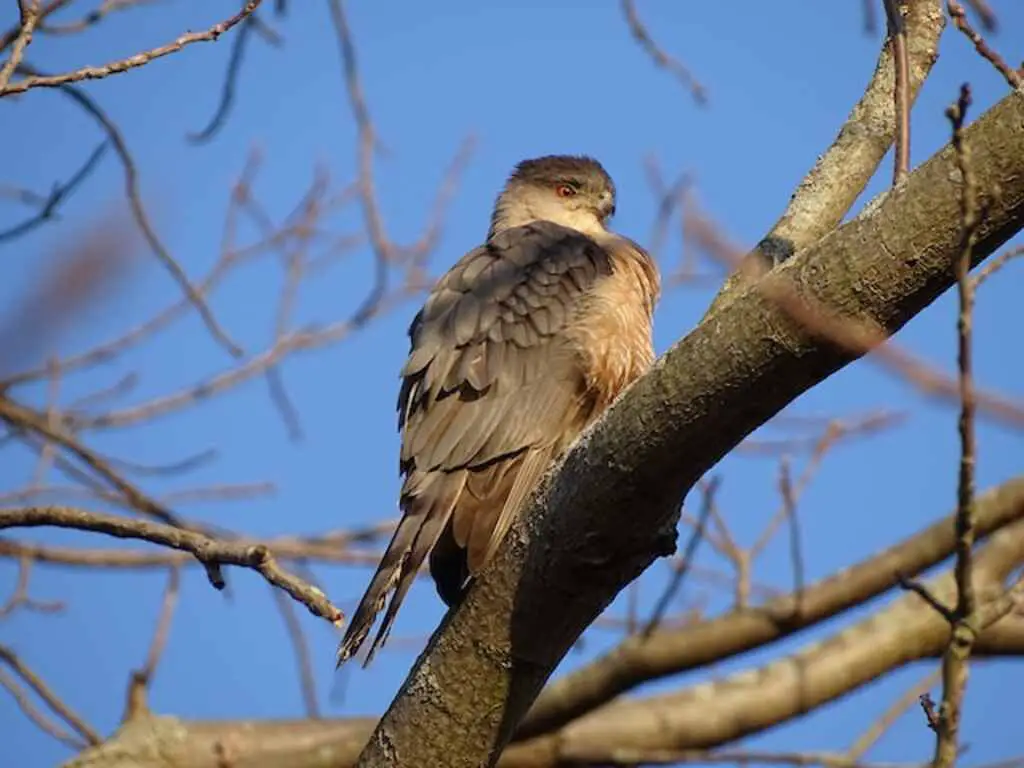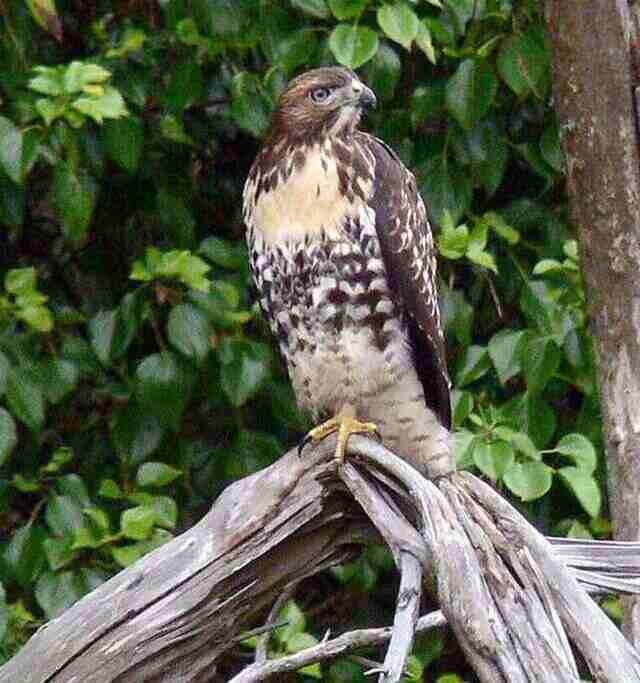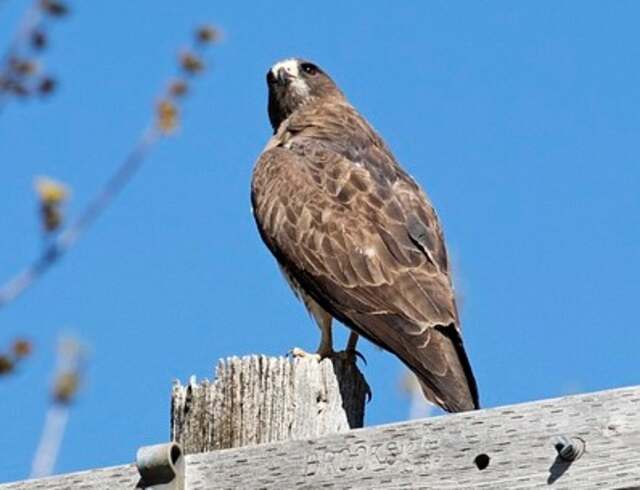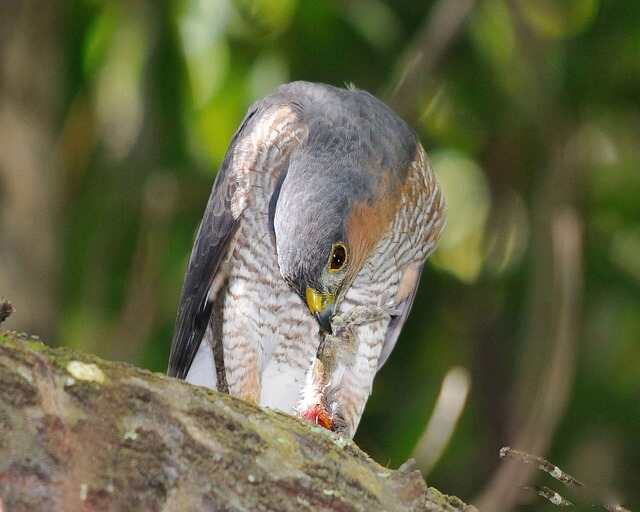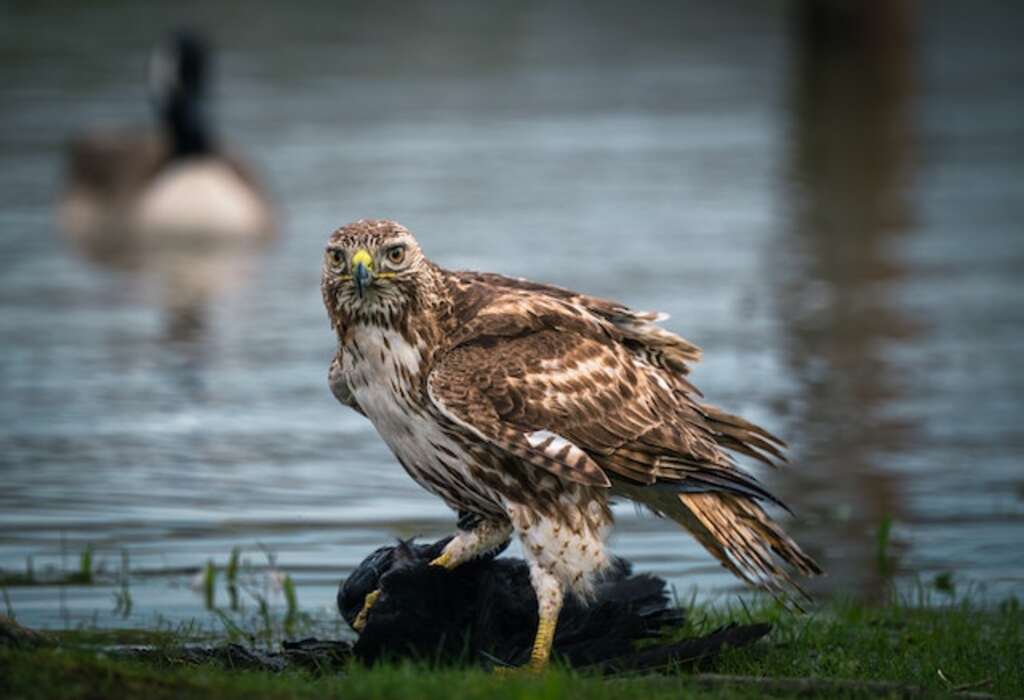Hawks are a fascinating group of birds of prey that can be found all over the world. They are known for their sharp talons, keen eyesight, and impressive hunting skills.
Hawks are also known for their diverse diet, which can include a wide range of prey items such as rodents, birds, insects, and reptiles.
However, there is a lingering question among many nature enthusiasts: do hawks eat acorns?
In this article, we will explore the diet of hawks and answer the question of whether or not they consume acorns.
We will also delve into the nutritional value of acorns and other foods that hawks eat.
Additionally, we will examine the role of acorns in the hawk’s ecosystem and discuss conservation efforts aimed at protecting these magnificent birds of prey.
By the end of this article, readers will have a better understanding of the diet of hawks and the importance of acorns in their ecosystem.
Table of Contents
Key Takeaways
- Hawks have diverse diets but acorns are not known to be a part of their regular diet.
- Acorns are an important source of nutrition for forest-dwelling animals and can sustain hawks during times of scarce prey.
- Hawks that consume acorns may help disperse seeds and lead to the growth of new oak trees.
- Effective conservation efforts are crucial in maintaining the delicate balance of the forest ecosystem and ensuring the survival of all inhabitants, including hawks.
Do Hawks Eat Acorns?
Hawks primarily prey on small mammals, birds, and reptiles, so acorns are not a significant part of their diet.
While some hawks may occasionally scavenge or opportunistically consume acorns, it is not a common or essential food source for them.
Hawks rely more on hunting live prey, utilizing their sharp talons and beaks to capture and consume their preferred animal-based diet.
Overview of Hawk’s Diet
The diet of hawks comprises a diverse range of prey items, including small mammals, birds, reptiles, and insects.
These birds of prey are known for their exceptional hunting skills, which enable them to catch their prey with speed and precision.
Depending on the species of hawk, their hunting techniques may vary, with some using a sit-and-wait approach while others rely on active pursuit.
However, the impact of human activities on the hawk’s diet cannot be ignored.
The loss of habitat and reduction in prey availability due to human encroachment has affected the diet of some hawks, forcing them to adapt to new food sources.
In the next section, we will explore the different types of hawks and their unique characteristics.
Types of Hawks
Various species of hawks have different hunting habits and prey preferences, and understanding these differences is necessary to appreciate their ecological roles.
Red-tailed hawks, for instance, are known for their diet diversity, which includes small mammals, birds, reptiles, and even insects.
Cooper’s hawks, on the other hand, prefer to hunt birds and have a unique hunting technique where they chase their prey through dense vegetation.
Additionally, there are other types of hawks that specialize in hunting certain prey, such as the rough-legged hawk, which preys on small rodents like lemmings.
The hunting techniques of hawks are also fascinating, with some species using aerial acrobatics to catch their prey while others prefer to ambush them from a perch.
Understanding these nuances of each species’ hunting habits and prey preferences can help researchers better understand the ecological roles of hawks in their respective environments.
Moving on to the next section, let’s take a closer look at acorns and their significance in the diet of various animals.
What Are Acorns?
Acorns are an important source of nutrition for many forest-dwelling animals, with studies showing that they can make up to 25% of the diet of some species.
The uses of acorns are not limited to just providing food for animals. Native Americans used to harvest acorns as a staple food source, and acorns were also ground into flour to make bread.
Today, acorns are still used for food, but they also have other uses such as being used in the production of tannins and as a coffee substitute.
Harvesting acorns can be a time-consuming process, but the benefits of having a source of food that can last for several months make it worth the effort.
This leads us to the question, do hawks eat acorns?
Do Hawks Eat Acorns?
Acorn consumption is a key aspect of the diet of some forest-dwelling animals. While hawks are known to be predators, their prey preferences do not typically include acorns.
In fact, hawks are more likely to hunt for small mammals, reptiles, and other birds. However, some species of birds, such as woodpeckers, do consume acorns as part of their diet.
It is also important to note that the nutritional value of acorns can vary depending on the species of oak tree they come from.
This will be explored further in the subsequent section about nutritional value of acorns.
Nutritional Value of Acorns
The nutrient composition of these forest fruits is more than meets the eye, with a range of minerals and antioxidants that make them a valuable food source for many animals.
Acorns have been used as a food source for centuries, and it is not hard to see why. They are packed with nutrients such as protein, fiber, and carbohydrates, making them a great source of energy.
Additionally, acorns contain essential minerals such as potassium, calcium, and magnesium, which are important for maintaining healthy bones, muscles, and nervous system function.
Furthermore, acorns also contain antioxidants such as tannins, which have been linked to reducing the risk of cancer and heart disease.
It is no wonder that many animals, including birds like hawks, rely on acorns as an important food source. The health benefits of acorns are clear, and they are an important part of many animals’ diets.
However, while hawks do eat acorns, they also consume a variety of other foods to meet their nutritional needs.
Other Foods Hawks Eat
Along with acorns, hawks also consume a diverse range of prey including small mammals, reptiles, and other birds.
Prey preference varies among different species of hawks, but they are known for their impressive hunting techniques such as soaring, hovering, and diving to catch their prey.
Some hawks, like the red-tailed hawk, prefer to hunt from a perch and swoop down on their prey.
Others, like the Cooper’s hawk, are agile and swift in flight, capable of maneuvering through dense wooded areas to catch their prey.
Hawks have a vital role in the ecosystem as predators, controlling the population of small mammals and other prey species.
The consumption of acorns is just one small aspect of their diet, as these birds of prey are skilled hunters and opportunistic feeders.
Role of Acorns in Hawk’s Ecosystem
While hawks are known to eat a variety of foods, including small mammals, birds, and reptiles, the role of acorns in their ecosystem is also important to consider.
Acorns are a significant food source for many animals, including squirrels, deer, and birds, and hawks are no exception.
Here are four reasons why acorns are important to hawks:
1) Acorns provide a high-energy food source that can sustain hawks during times when other prey is scarce.
2) Acorns are a reliable food source that hawks can depend on year after year.
3) Acorns are a key component of the forest ecosystem, and hawks play a role in maintaining the balance of this ecosystem by consuming acorns.
4) Hawks that consume acorns may also help to disperse the seeds, which can lead to the growth of new oak trees.
The interdependence between hawks and acorns highlights the importance of conservation efforts to protect both the hawks and their ecosystem.
Conservation Efforts
Conservation efforts are crucial in maintaining the delicate balance of the forest ecosystem and ensuring the survival of its inhabitants, as the adage goes: ‘We do not inherit the earth from our ancestors, we borrow it from our children.’
Habitat restoration and community involvement are two key aspects of conservation that can help protect and restore ecosystems.
Habitat restoration involves the process of creating or improving habitats for wildlife by removing invasive species, planting native plants, and restoring waterways.
Community involvement is essential for conservation efforts because it can help raise awareness about the importance of preserving ecosystems, provide resources for conservation efforts, and help monitor and maintain habitats.
By working together, we can ensure that future generations have the opportunity to experience the beauty and freedom of the natural world. In the next section, we will discuss the conclusion of this topic.
Conclusion
In conclusion, the diet of hawks varies depending on their species and location. While some hawks are known to consume acorns, it is not a significant part of their diet.
Acorns provide a good source of nutrition for hawks as they contain high levels of fats, proteins, and carbohydrates. However, hawks primarily feed on small mammals, birds, and reptiles.
The significance of acorns in the hawk’s ecosystem cannot be understated. Acorns serve as a food source for a variety of animals, including insects, birds, and mammals.
They also play a crucial role in the regeneration of forests and the maintenance of the natural balance in the environment.
As such, conservation efforts aimed at preserving the oak tree population and its associated ecosystem are essential.
Symbolically, the hawk represents a powerful and majestic bird that commands respect and admiration.
Its diet and role in the ecosystem reflect the importance of maintaining a healthy balance in our environment.
The hawk reminds us of our responsibility to protect and preserve the natural world, which sustains us and all living beings.
Therefore, it is crucial to understand the diet of hawks, including their consumption of acorns, to appreciate their significance in the ecosystem and promote conservation efforts.
Frequently Asked Questions
What is the average lifespan of a hawk?
The average lifespan of a hawk varies depending on the species, with some living up to 20 years. Breeding habits also vary, with some hawks mating for life. Hunting techniques and adaptations, such as keen eyesight and powerful talons, contribute to their survival.
How do hawks hunt for their prey?
Hawks use a range of hunting techniques and exhibit adaptations for hunting in different environments. They select prey based on a variety of factors, including size, location, and vulnerability. Their hunting strategies are shaped by evolutionary pressures and reflect their ecological niche.
Do hawks migrate during certain times of the year?
Hawks exhibit diverse migratory patterns and breeding habits. For instance, some species migrate long distances, while others remain in a specific area year-round. Additionally, hawks mate for life and exhibit strong territorial behavior during breeding season.
How do acorns benefit other animals in the ecosystem?
Acorns play a crucial role in forest regeneration through seed dispersal by animals, particularly squirrels, who rely on them as a key component of their diet. Their decomposition also contributes to soil fertility, impacting the entire ecosystem.
What are some common predators of hawks?
Coyote predation and human encroachment are common threats to hawks. Like the hawk, we all face predators and obstacles in our pursuit of freedom. It’s important to be aware and adapt to our changing environment to survive.

